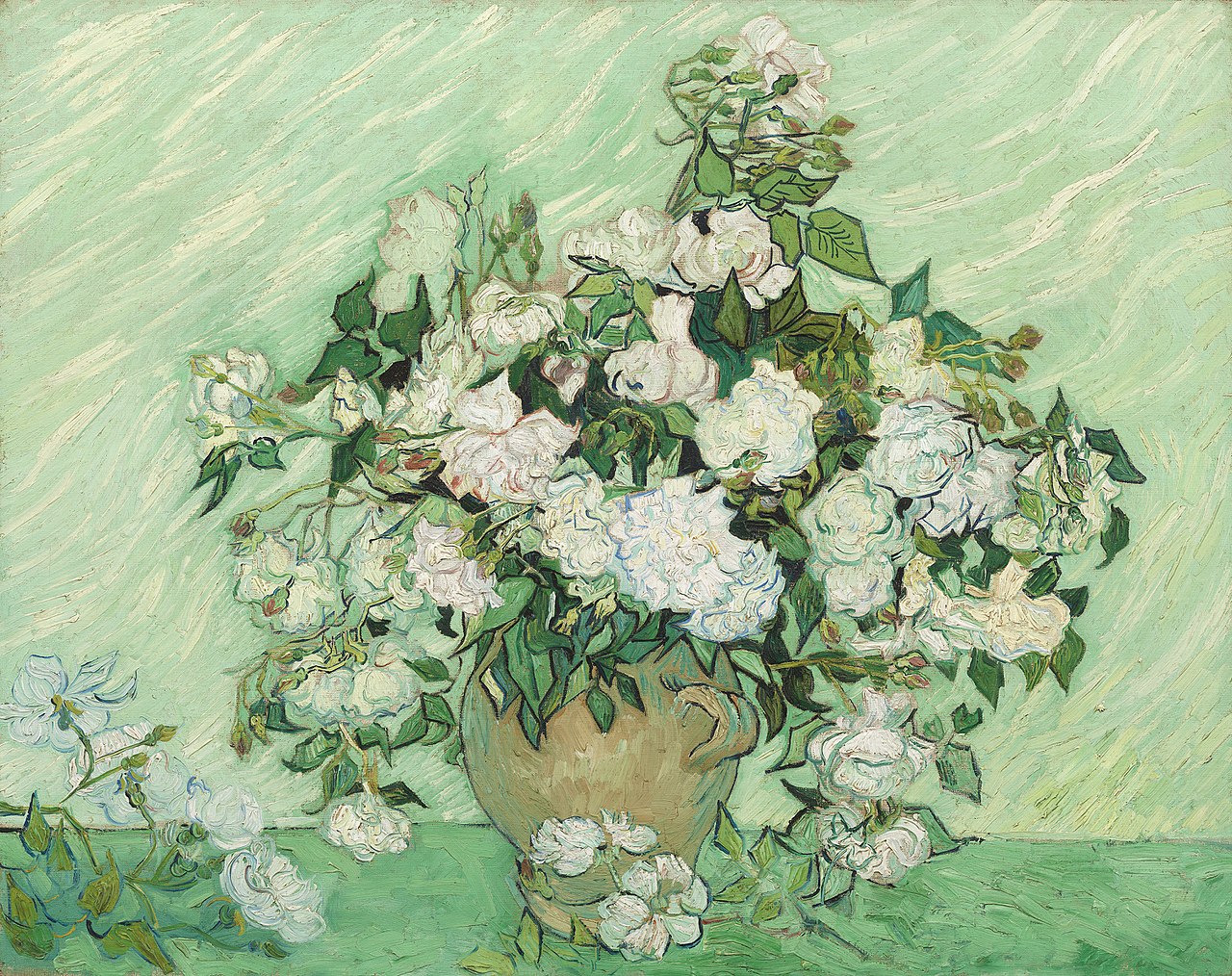
Yesterday we discussed templates features like layouts, partial templates, and content buffers. We motivated the discussion by introducing a fully functioning example application that tracked user's Christmas wishlists. That application did lack sophistication in the area of data storage, using DBM::Deep for quickly getting a basic persistence layer. While that worked well enough to demonstrate template functionality it was no triumph of the model layer. Indeed some very hack techniques are used, especially in manipulating wishlist items, since there was no unique record ids.
Well as promised I have created a repository for the application on Github. I have also added several tags. While development on the application may continue, those tags will remain for future readers.
The initial form of the application (as seen in yesterday's post) is tagged blog_post/dbm_deep.
You are then invited to step through the commits from that one to blog_post/full_app to follow along as I port it from a Lite to a Full app; a practical demonstration of what we saw on Day 4.
This article will briefly discuss the application as it exists in the next tag, blog_post/sqlite_model.
At this point I have replaced DBM::Deep with Mojo::SQLite, written a rudimentary model layer for it, and connected the two with the application via helpers.
Let's see how that improves the application and in the meantime, get a look at idiomatic database access in Mojolicious!